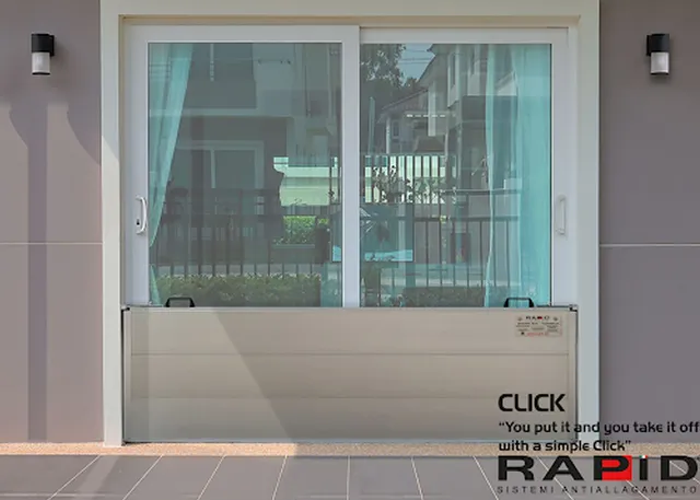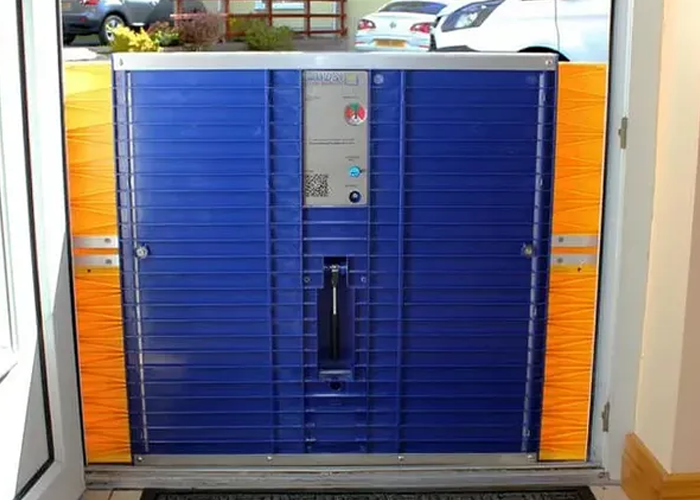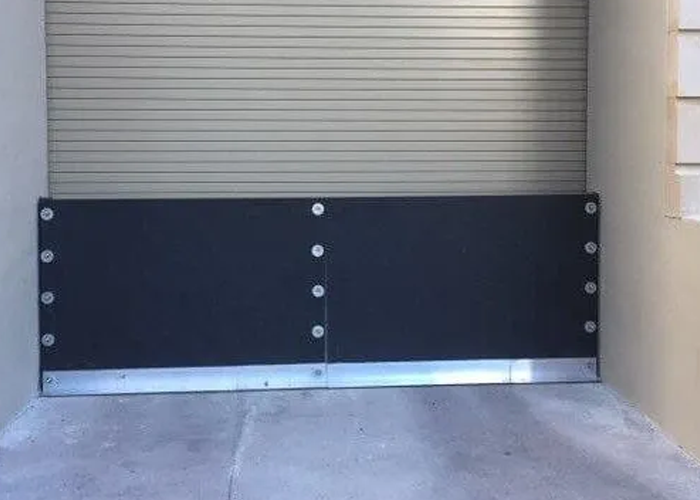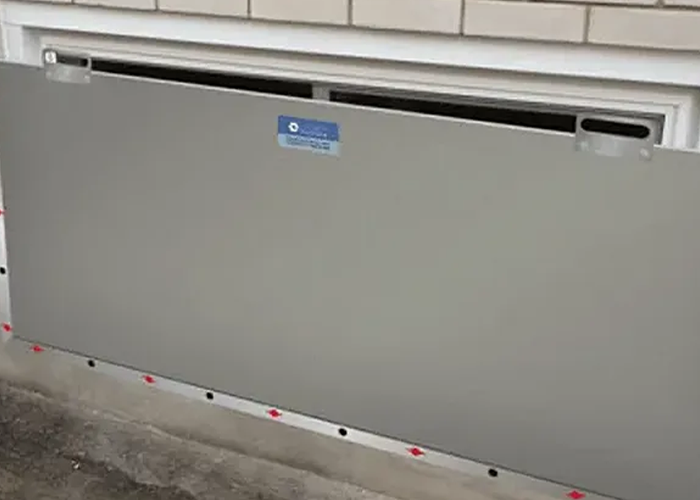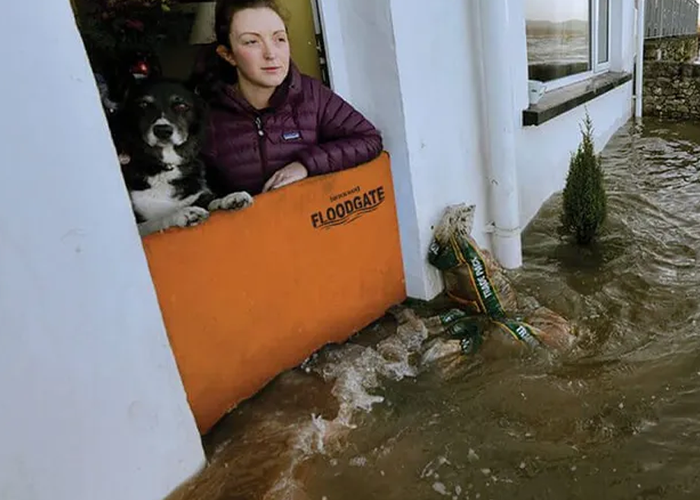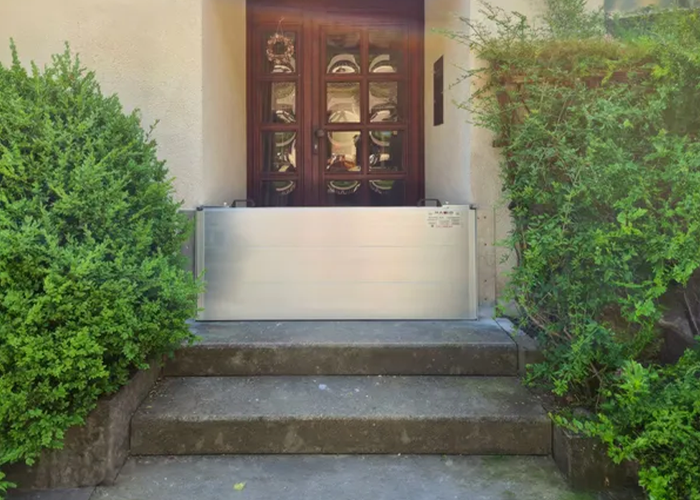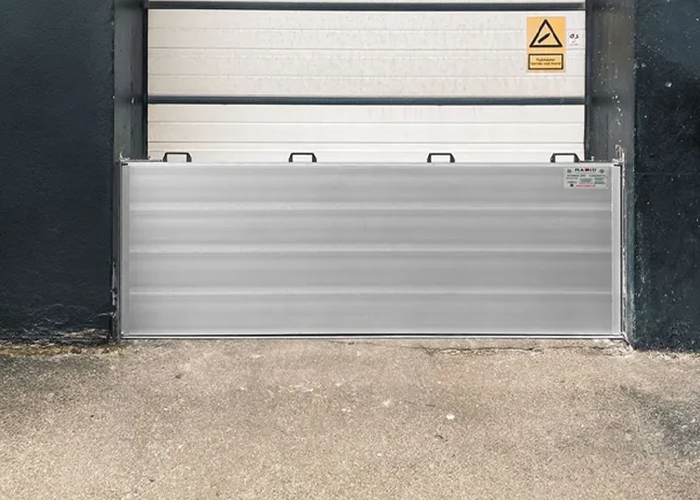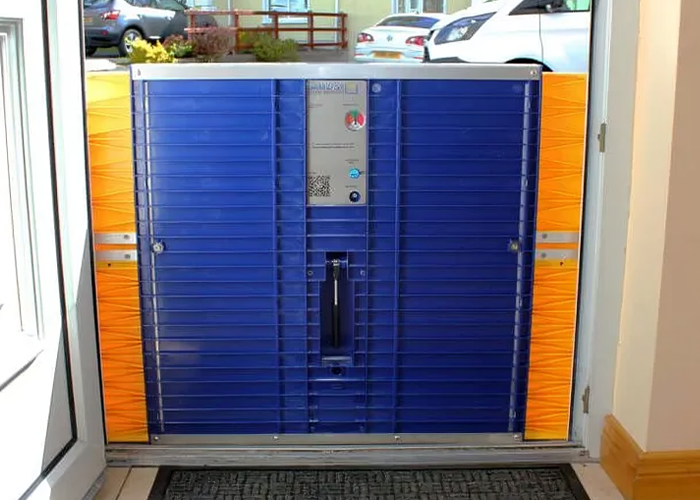Muscle Wall Barriers: Keep Water Out Effectively
Keeping Water Out: A Guide to Muscle Wall Barriers
Table of Contents
- What Muscle Wall Flood Barriers Do Differently
- Why Flood Proof Walls Matter in Changing Climates
- Solutions Beyond a One Size Fits All
- Choosing Muscle Wall for Fast Deployment
- The Bottom Line
- FAQs
What Muscle Wall Flood Barriers Do Differently
Flooding events can come without warning. When that happens, quick action is everything. That’s why we focus on providing systems like Muscle Wall barriers. These barriers are built for rapid response and long-term use. Their strong, high-density plastic design can hold back large amounts of water with minimal support.
What makes them different is how fast they can be put in place. We know that using traditional sandbags takes hours and a large team. With Muscle Wall, a small crew can deploy an effective line of protection in much less time. The barriers are stackable and easy to move using standard forklifts or even by hand.
We have seen the difference these barriers make when protecting critical infrastructure and private property. Their sturdy build makes them useful again and again without loss in performance. It’s more than just a physical wall. It’s a dependable shield that helps reduce property loss and downtime.
Why Flood Proof Walls Matter in Changing Climates
Weather conditions are becoming more severe every year. Areas once considered low-risk are now seeing regular flooding. That’s why our work around flood proof walls has become more important than ever.
These walls are designed to handle increasing water pressure and unexpected flows. We see them as a front-line defense. When used properly, they prevent water from reaching homes, roads, and businesses. This cuts recovery costs, limits downtime, and keeps families safe.
Every time a major storm hits, we are reminded how valuable the right flood system is. Flood walls are no longer a backup plan. They are a necessary step in protecting both urban and rural spaces.
We support solutions that don’t just respond to one-time events. Our goal is long-term protection. With that in mind, Muscle Wall barriers give communities an edge. They can be installed fast and used over and over again.
Solutions Beyond a One Size Fits All
Every flood is different. The way water flows in one area may be completely different just a few miles away. That’s why we believe there’s no single best solution. Instead, we offer a wide range of barrier systems to suit every environment.
Our options include soil filled, water filled, air filled, and water anchored flood barriers. Each design plays a role depending on location, terrain, and expected water volume. For more permanent or high-pressure situations, flood walls are often the best choice.
In our product range, you’ll find more than just the Muscle Wall. We also offer NOAQ Boxwall, HESCO Bastion, and Geodesign flood barriers. These systems are built to perform under different conditions, whether it's a light overflow or a major storm surge.
By offering flexibility, we help communities prepare smarter. We guide our clients through the selection process to make sure they’re not just buying equipment, but making the right investment in safety.
Choosing Muscle Wall for Fast Deployment
Time is everything during a flood. That’s why we rely on systems like the Muscle Wall barriers for speed and reliability. These barriers are engineered for fast deployment without the need for permanent anchors or deep groundwork.
When we work with cities or companies under threat of flooding, we choose Muscle Wall for how quickly it can be set up. Its design allows it to be placed, filled, and locked into position using minimal manpower. This helps our clients act quickly when forecasts show risk.
Another major advantage is storage and reusability. After a flood event, the barriers can be washed down, stacked, and stored for future use. This makes them ideal for repeat use in areas that face seasonal floods.
We have also used these barriers to create temporary levees and redirection paths. Their strength and balance hold firm under moving water, even in rough conditions. Choosing a system like this is about more than immediate defense. It’s about planning ahead and making the most of every resource.
The Bottom Line
Flood protection is no longer optional. Rising waters are a serious and growing threat. Our job at Flood Defense Group is to make sure the communities and businesses we serve have the tools to meet those threats head-on.
Muscle Wall flood barriers offer one of the most effective and flexible solutions we provide. Their speed of deployment, structural strength, and ability to be reused set them apart. Whether you’re protecting homes, highways, or high-risk buildings, these barriers make a real difference.
We stand behind every product we offer. With the widest range of flood defense systems in the USA, we help each customer find the right fit for their situation. Our goal is to prepare you before the next storm hits, not after.
If you’re ready to add real protection to your flood response plan, we’re here to help. From Muscle Wall barriers to advanced flood walls, we’ve got your back every step of the way.
FAQs
What is a Muscle Wall flood barrier made of?
Muscle Wall flood barriers are made from high-strength, UV-resistant plastic. They are built to handle heavy water loads without the need for deep foundations or anchors.
Can these barriers be reused after a flood?
Yes. One of the biggest advantages is that they can be cleaned, stored, and reused multiple times, making them a cost-effective solution.
How quickly can Muscle Wall be deployed?
Muscle Wall systems are designed for rapid deployment. A team can install hundreds of feet of protection within a few hours using light equipment or manual labor.
Do you only offer Muscle Wall flood barriers?
No. We offer a full range of flood defense products including soil filled, water filled, and air filled barriers, along with several panel systems and mobile solutions.
What makes flood walls different from regular barriers?
Flood walls are engineered to withstand direct water pressure for extended periods. They are often used in higher-risk zones where long-term or permanent protection is required.
